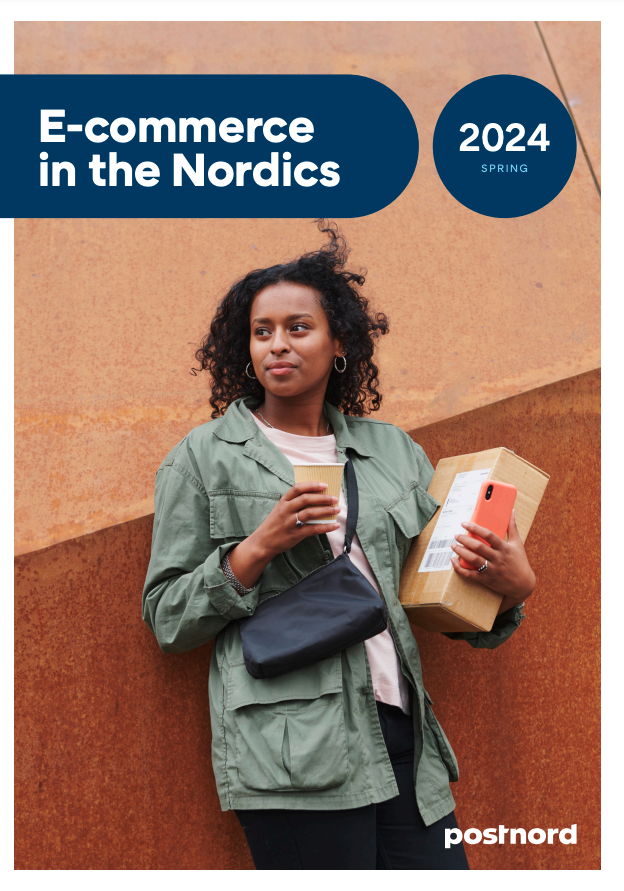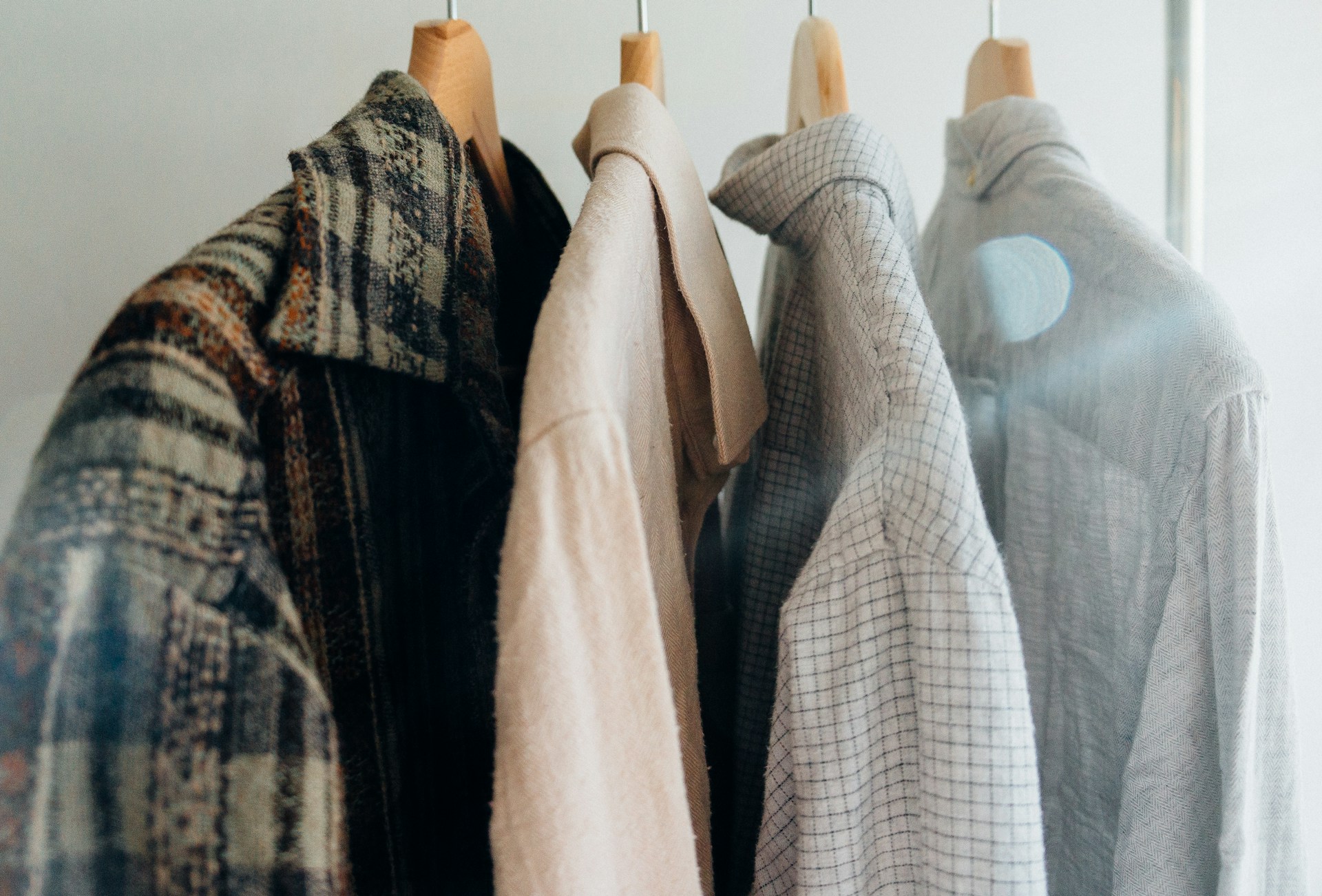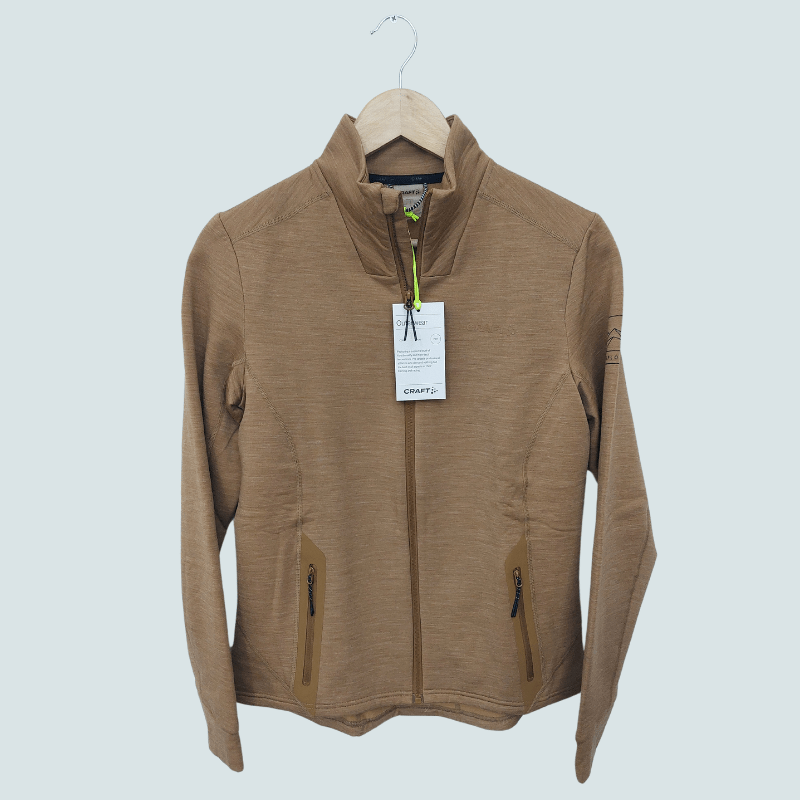Understanding the Growth of the Second Hand Market in the Nordics
The second hand retail market in the Nordics is experiencing a remarkable surge, driven by a growing awareness of sustainability, value for money focus with less disposal income, access to premium brands that would normally be out of reach and the principles of a circular economy.
As consumers become increasingly conscious of the environmental impacts of fast fashion and the waste generated by new “fast fashion” products, second hand shopping has emerged as a key player in the retail landscape. As of February 2024, the global second hand market is valued at over €128 billion, with a significant 87% of Europeans engaging in some form of second-hand purchasing.
This growth in the Nordics is particularly impressive, with the market projected to expand at an annual rate of approximately 22%. The rise of e-commerce, heightened ecological awareness, and economic pressures are all contributing factors.
Nordics and the PostNord E-Commerce Barometer 2024
Sweden 2024
Sweden, with its high internet penetration and strong online retail presence, has established itself as a leading hub for e-commerce, attracting shoppers from neighbouring countries like Finland, Denmark, and Norway.
Despite the common perception of the Nordics as a unified market, distinct differences exist between countries regarding consumer preferences and shopping habits especially for second hand products.
According to the recent PostNord E-Commerce Barometer 2024, cross-border shopping is popular among Nordic consumers, yet there’s a noticeable trend towards purchasing from international e-commerce giants like Zalando, Amazon, and Shein, impacting local buying behaviours.
The shift towards online second-hand shopping, particularly for clothing and footwear, is one of the most compelling trends. Approximately 80% of Nordic shoppers consider sustainability when making online purchases, reflecting a growing commitment to eco-friendly choices.
In Sweden, around one-third of consumers have recently bought second-hand items online, with a striking 54% of 18-29-year-olds participating in this trend. For younger Swedes, affordability, sustainability, and style are the main drivers for choosing second-hand.
Different items arriving daily. New & Unused, and Second hand.
Buy Better Quality For Less
Denmark 2024
Denmark showcases a similar pattern, with one-third of Danes engaging in second-hand shopping online. However, there’s a notable age divide: 47% of 18-49-year-olds have made such purchases recently, while less than 20% of those aged 50-79 have done the same. Price and sustainability remain the top motivators, with younger consumers placing greater emphasis on style.
Norway 2024
In Norway, the figures are slightly lower, with under one-third of consumers reporting recent second-hand purchases. Yet, this number jumps to 50% among 18-29-year-olds, with clothing and footwear leading the way, alongside home electronics and media for older demographics. Sustainability is a key motivator for many, particularly among those aged 30-49.
Finland 2024
Finland reveals an emerging pattern, with only a quarter of consumers having bought second-hand online, but this climbs to 56% among 18-29-year-olds. Young Finns are particularly interested in clothing, footwear, and even home electronics, highlighting a trend towards sustainable and stylish choices.
The findings from the PostNord report underscore a definite trend toward second-hand shopping across the Nordics, driven by sustainability and the changing habits of younger generations.

Changes in the second hand market
There is certainly less resistance from the Gen-Z consumers as they appear to be far more open minded to buying something second hand in the Nordics.
It could be that older generations have not bought into the second hand concept, may be negative perceptions remain that an item has been used before or being associated with having to buy from a charity shop (non-profit).
One of the challenges facing your local charity shop is the decline in the quality of resalable items. With the global economy slowing down, with everyday prices increasing from electricity to fuel to food shopping, many consumers are taking items which before they would have donated and are now turning those items in to cash.
Over the years with an online landscape for resellers blossoming, it means consumers can easily sell those items using online market places such as Blocket, Vinted, Sellpy, Tradera to name just a few.
Plus, with the consequences of “fast fashion” where consumers are donating items that were bought for fashion rather than quality, charity shops are finding it hard to sell such items, where fashion trends have moved on or poor quality means the items are unwanted.
So why all of a sudden is second hand more popular?
Buying second hand is a sustainable option for those who care for the environment, reusing an item as opposed to it ending up as waste in a landfill site. And with the rise of ultra-cheap fast fashion products, there has been a glut of clothing destined for the landfill thrown away by consumers.
Second hand items are cheaper than new, and allow consumers to upgrade the quality of the item they were looking to buy – now they can afford to buy premium brands which were out of their budget when new.
Plus many branded items that come from a reputable brand tend to have been made with longevity in mind i.e. the raw materials and manufacturing are better so the items have a longer life. And when you know you have paid a lot for something you do tend to take a little bit more care, whether that be in cleaning or maintaining it.
How to buy top quality for less
When you need to rely on your outdoor gear, be that clothes or equipment it’s easy to be swept up in the evocative advertising claims of many of the premium brands. It’s important that you can trust your gear so it does not let you down at the worst possible moment, and that’s where the premium brands have over the years delivered on durability and performance.
Buying second hand allows you to access the top-notch equipment and specialist clothing at a fraction of the cost of buying something new. The money you save can be redirected towards upgrading other essential gear or covering other costs that have climbed up over the last few years.
For those who enjoy being outdoors, buying second hand clothes and equipment is more than just a practical choice; it’s a commitment to sustainability and leaves more money in your pocket.
So, next time you’re considering buying something new, consider the benefits of second hand. Your wallet and the planet will thank you.
Subscribe and get 10% off today.
Get the latest news, new product arrivals and discounts straight into your inbox.
Subscribe & Get A 10% Discount.
Don’t miss out on news, the latest new products and special time limited offers 🙂







